Standing amongst the ancient River Red Gums of the La Trobe Wildlife Sanctuary, it’s hard to visualise the landscape as cleared grazing pasture. The nearby wetlands buzz with activity as waterbirds forage for invertebrates and frogs call out to prospective mates. Surely this scene has remained constant for centuries, just like the towering gum trees above? But these eucalypt sentinels have witnessed more change than you can imagine.
The area now known as the La Trobe Wildlife Sanctuary has experienced a dramatic transformation over the years. Located at the La Trobe University campus in Bundoora, the Sanctuary is one of the longest running ecological restoration projects in Australia. The 29-hectare reserve is a haven for indigenous biota, in a highly urbanised and densely populated landscape. In August this year, the La Trobe Wildlife Sanctuary commemorated a golden milestone: their 50th anniversary.
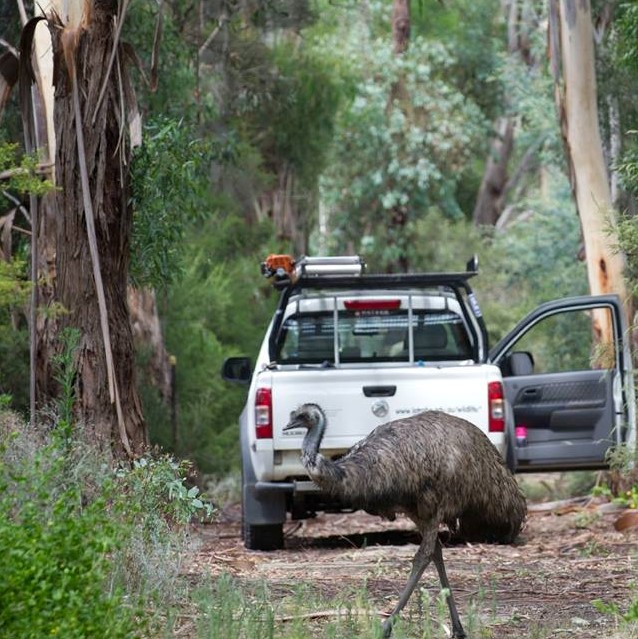

In 1912, the Mont Park Psychiatric Hospital was established in Bundoora, its grounds encompassing the site of the modern-day Wildlife Sanctuary. A large number of exotic trees were introduced to the area for ornamental gardens as well as grains, vegetables and fruit to provide food for the hospital. Many of the hospital’s patients were returned servicemen who had served in World War I and later World War II. These patients were encouraged to take part in recreational activities, resulting in the development of a football oval and two adjacent tennis courts on site.
In 1965, the Psychiatric Hospital was closed and the land was sold off for a new education institution: La Trobe University. Two years later in August 1967, a meeting was held to discuss the future of development on campus. From this meeting, the La Trobe University Conservation Society was born; a union of staff and students with a vision to create a haven for Australian wildlife. A small parcel of land (only 6.5 hectares) was set aside as a new conservation area, forming the La Trobe Wildlife Sanctuary.Over the last 50 years, this parcel of land has grown to encompass just under 30 hectares of native vegetation. Through the practice of ecological restoration, with the help of hundreds of dedicated staff and volunteers, the La Trobe Wildlife Sanctuary has recreated a network of wetland habitats, replanted indigenous vegetation, and reintroduced threatened species. During this process, they have eradicated exotic weeds, removed invasive predators and erected a 2.2 km predator-proof fence to stop the movement of introduced species and protect native inhabitants. This extensive work has re-established natural ecosystem processes such as freshwater filtration, and successfully restored a degraded grazing paddock to a healthy grassy woodland habitat.
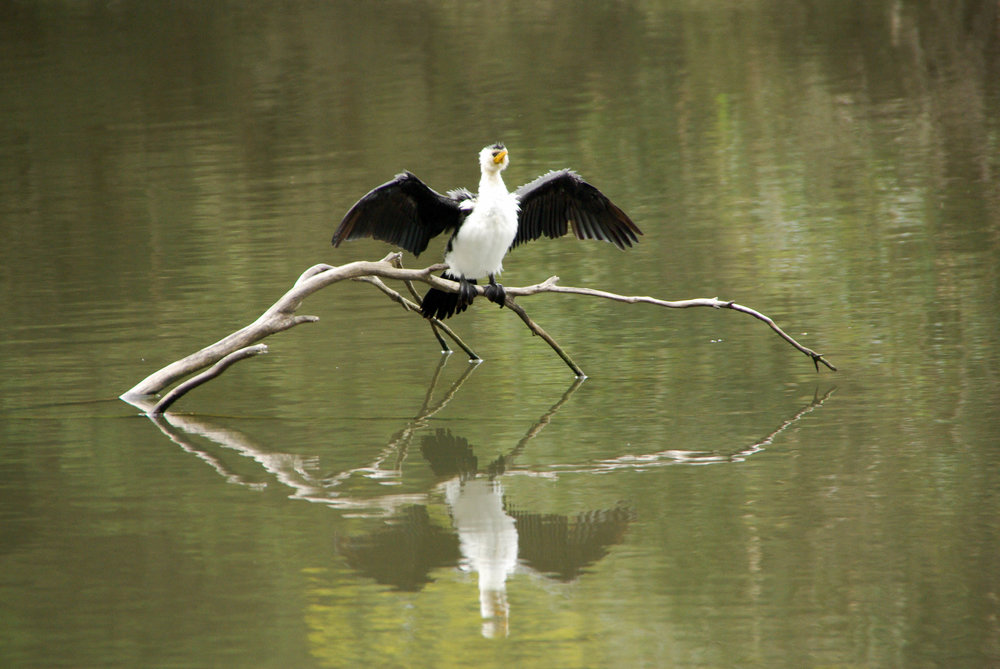
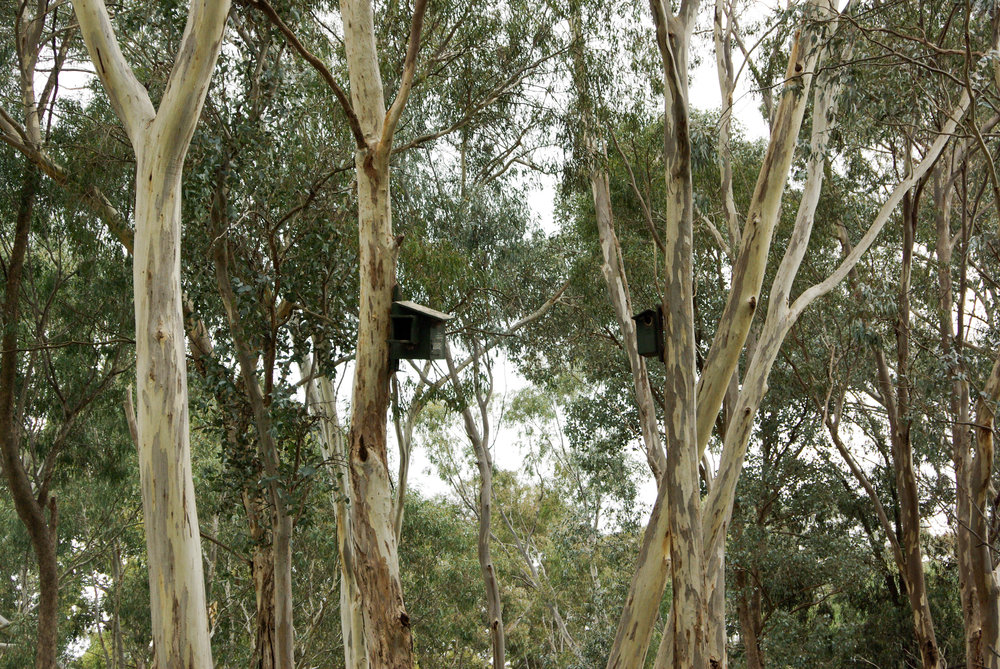
Today, the La Trobe Wildlife Sanctuary land is legally protected under a Trust for Nature Conservation Covenant. This agreement ensures that all native vegetation within the Sanctuary will be protected for future generations. The Sanctuary now functions as La Trobe University’s ‘Outdoor Laboratory’, fostering environmental education, research and sustainability, while achieving conservation of indigenous flora and fauna. It is home to a wide variety of Australian native birds, marsupials, frogs, turtles, aquatic invertebrates and plant species.
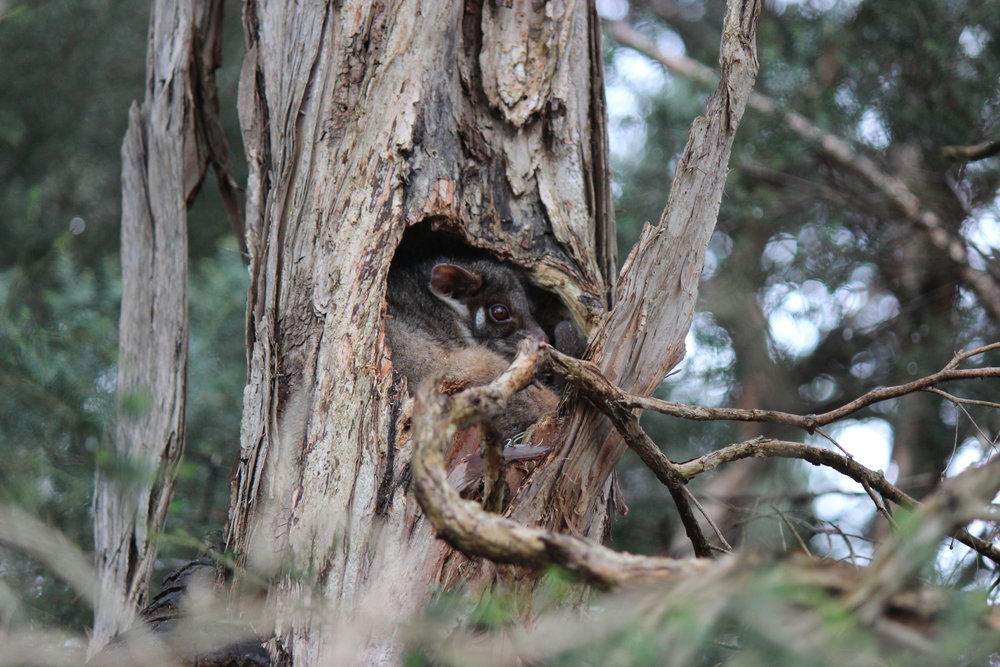
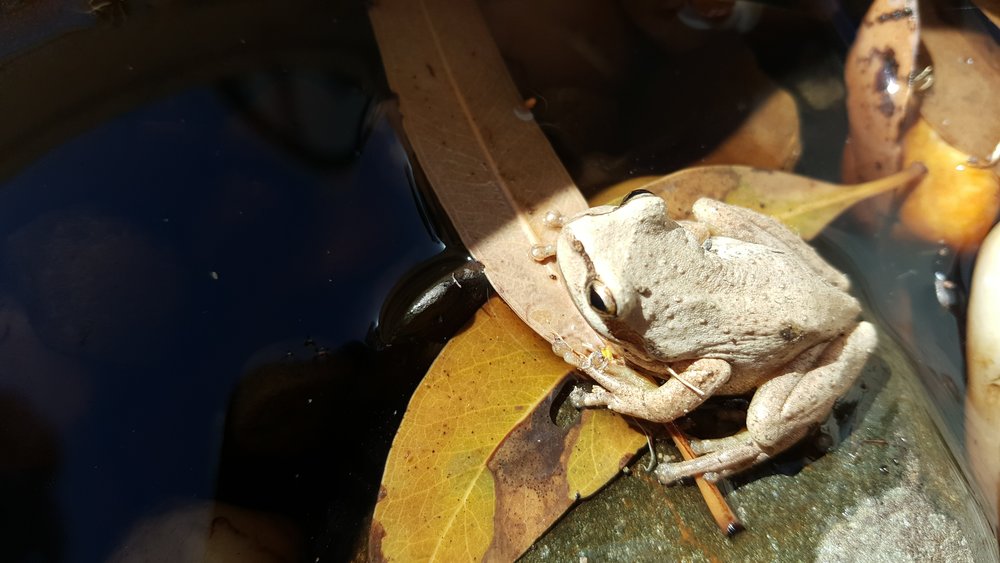
With the completion of the predator-proof fence, the Sanctuary may now play a new role in the conservation of Australian biota. Fox-free reserves are highly valuable for the reintroduction of threatened species, particularly small native mammals. The recently completed fence will allow the Sanctuary to plan for future reintroductions and thereby continue the restoration of the landscape back to its pre-European condition.
The La Trobe Wildlife Sanctuary welcomes visitors anytime between 10am – 3pm from Sunday to Friday. Take a walk back in time beneath the ancient River Red Gums today.
Banner image is courtesy of Jacinta Humphrey.

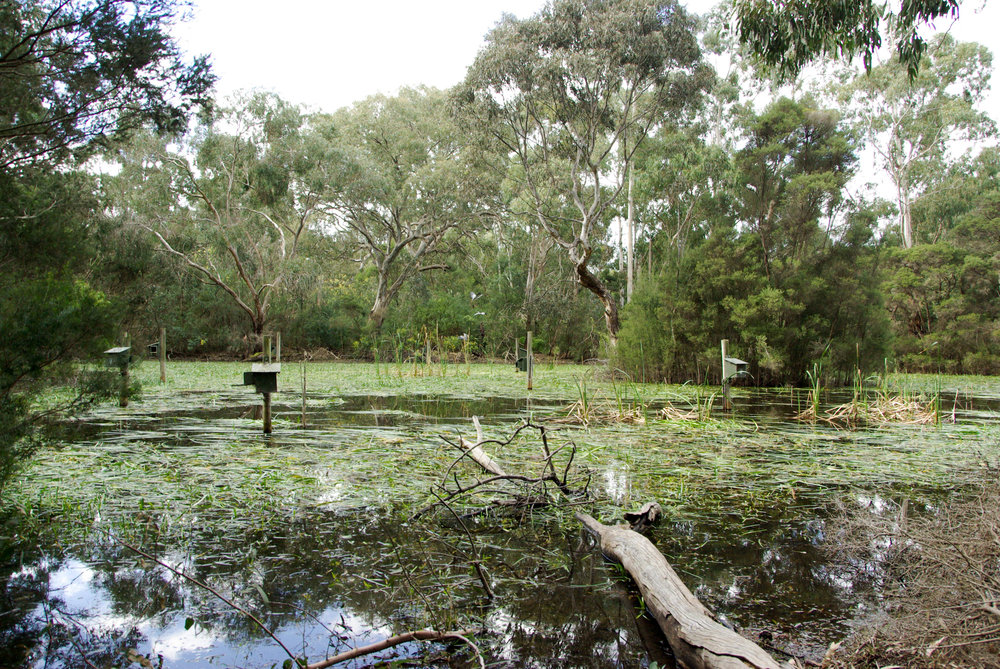
Leave a Reply